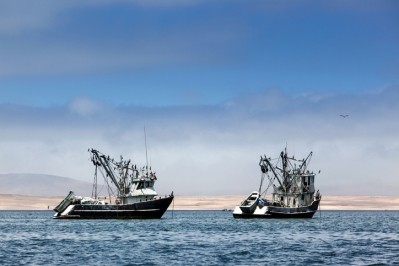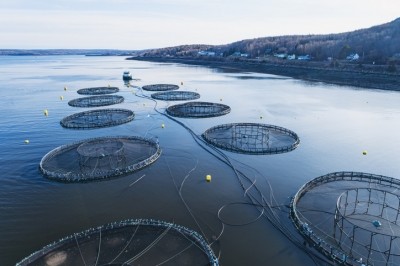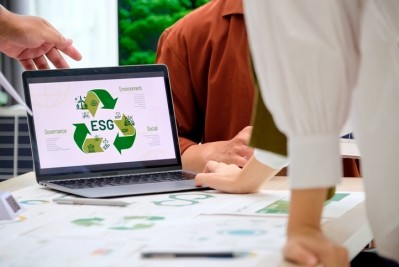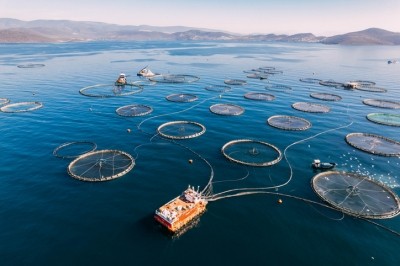Rabobank sees positive shift in fishmeal prices for 2024
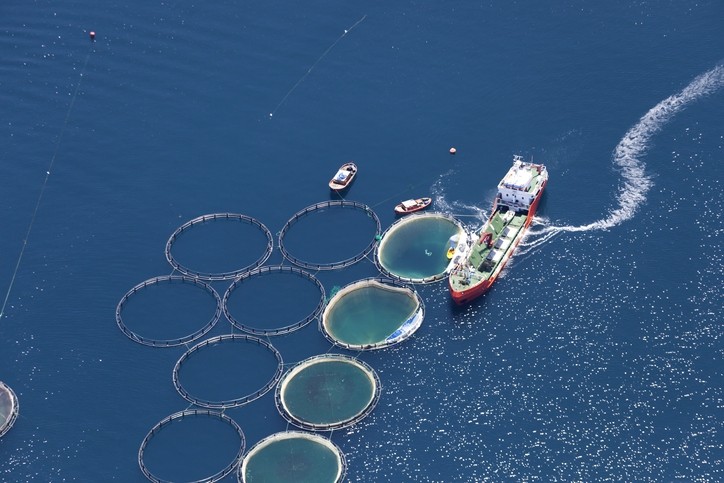
Last year was marked by severe shortages of fishmeal and fish oil, with supply constraints intensifying during the initial six months of 2023.
Gorjan Nikolik, senior analyst in seafood at Rabobank, shared insights during a call with FeedNavigator, coinciding with the release of Rabobank's comprehensive outlook on salmon, shrimp, and fishmeal prospects for the first half of 2024.
Nikolik highlighted that the enhanced fishmeal supply is likely to contribute to the normalization of prices, especially with the moderation in prices of plant-based alternatives like soybean meal (SBM) observed in the previous year.
The second Peruvian anchovy fishing season, spanning from November 2023 to January 2024, saw a catch rate of 75%, already prompting a corrective impact on fishmeal and fish oil prices. Nikolik anticipates a more substantial correction in these raw material prices to materialize in April. Despite the second season's catch quota of 1.682 million tons being considered good but below average, the positive catch rate has already influenced market dynamics.
Nikolik highlighted the National Oceanic and Atmospheric Administration's (NOAA) shift in its El Niño forecast, now indicating a weakening trend throughout the first half of 2024. Normalized conditions are projected to commence in April, transitioning to an El Niña forecast for May or June 2024. However, concerns linger regarding the pace of temperature change and its impact on the growth of wild biomass. Elevated oceanic water temperatures, observed during the last fishing season, led to an abundance of juveniles in the catch. The industry cautiously awaits the recovery pace by the start of the next fishing season in Peru in May, with the hope that rapid cooling temperatures will facilitate biomass recovery.
While the industry holds optimism, Nikolik cautioned that full normalization in fishing may not be realized until the second half of the year. As the supply increases, fishmeal prices are expected to gradually decline, though they may remain above historical levels in 2024. The fishmeal to SBM ratio is projected to partially revert to the long-term average, reflecting ongoing adjustments in the market dynamics.
Salmon supply
In contrast to both 1H 2022 and 1H 2023, salmon supply will be positive in 1H 2024, albeit only marginally, as Chile, the second-largest producer, will have flat or negative growth. In Norway, harvest-ready biomass is off to a slow start in January. At the end of 2023, the biomass was slightly below the levels of 2022.
In the context of salmon, Nikolik told us that Rabobank’s projections for 2023 foresaw a pivotal moment when the previously constrained supply in 2022 and 2023 would transition into a positive trajectory. Biomass data signaled that this turning point was likely to manifest in either Q4 2023 or Q1 2024. “Initially, we held an optimistic expectation of 7% growth for 2024, but as the year progressed, each subsequent month tempered that outlook. Consequently, our November outlook for aquaculture production adjusted to a more conservative estimate of 3 to 4% growth, and at present, we find ourselves at a 2% growth rate.”
In the Norwegian context, there was an initial belief that the low harvest weight observed in 2022 and 2023 was an anomaly and that a positive shift was imminent. The Rabobank team identified a decrease in sea lice numbers, suggesting potential improvement. However, the recovery in Norway did not materialize as anticipated, with challenges such as winter sores and the presence of Spironucleus salmonicida—a small parasite—negatively impacting production.
When it comes to Chile, algae blooms have affected production in the past few weeks. Furthermore, the Chilean government is warning companies to avoid over-production in line with environmental compliance requirements, reported Nikolik.
“We are seeing more positive news on the demand side in Europe and the US though, with inflation looking more under control, and disposable income seemingly higher.”
In summary, the mild growth in salmon production in H1 2024 will only partly normalize salmon prices as the market remains tight.
Shrimp: Weakness in Chinese demand
Looking to shrimp industry prospects, it is hard to see when the sector will stabilize, said Nikolik.
Without a supply reduction, prices will remain at low levels. A key concern is weakness in Chinese import demand. While Chinese demand may still be positive, high inventory levels and a slightly lower renminbi will dampen a shrimp price recovery.
Nikolik expects only mild growth for the Ecuadorian shrimp sector.
Ecuadorian producers face some of the lowest prices of any producing region. These are well below the cost of production. A lot will depend on Chinese demand. Possible further growth of local Chinese shrimp supply could dampen import demand there.
Production in India is flat.
Vietnam’s export volumes decreased by over 23% YTD in October 2023. Its shrimp farming industry is reliant on development markets which had sharply contracting demand last year. Indonesia also saw lower shrimp export rates last year.
